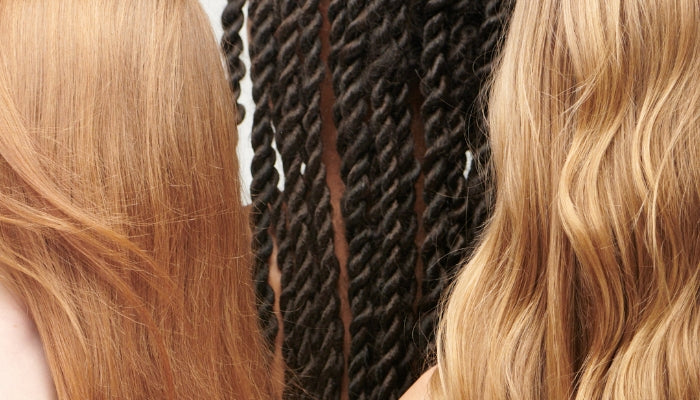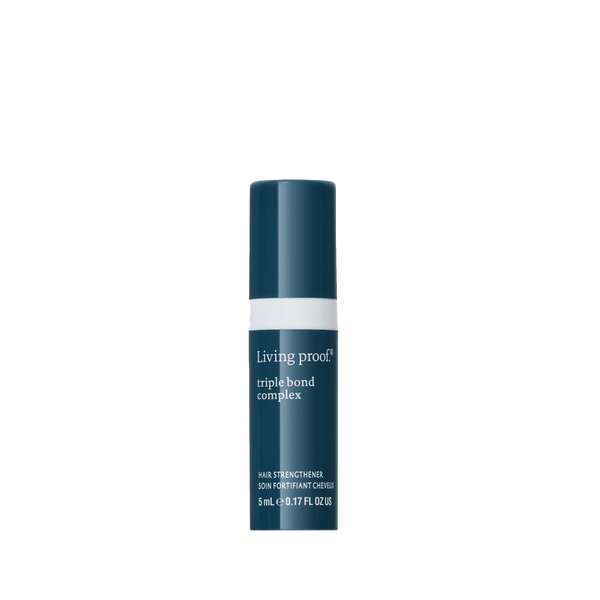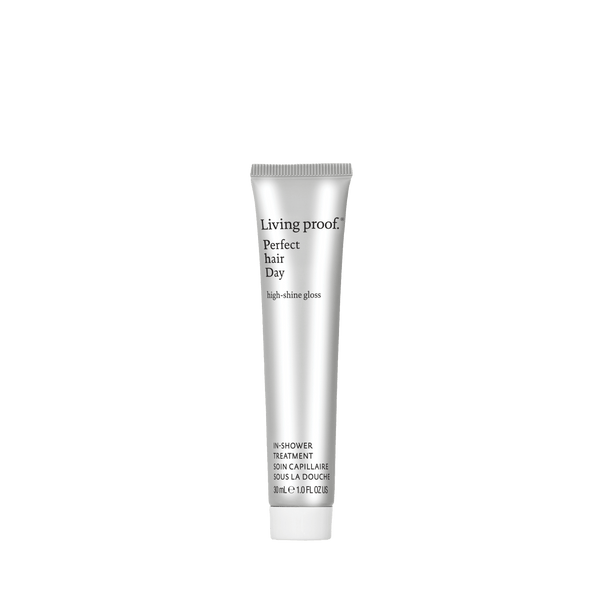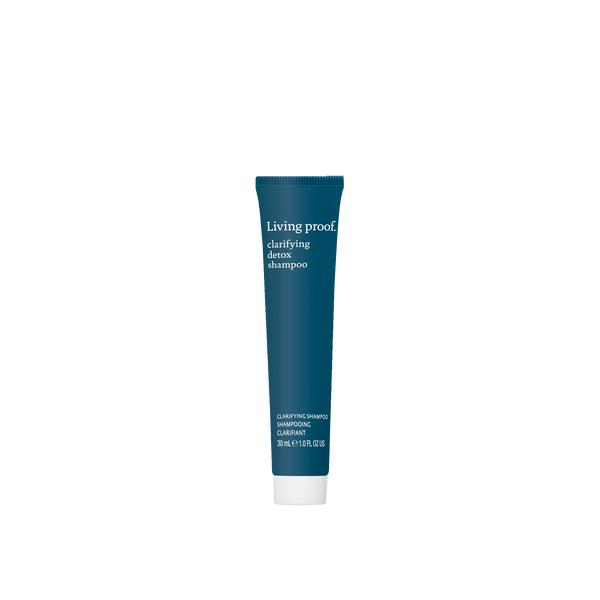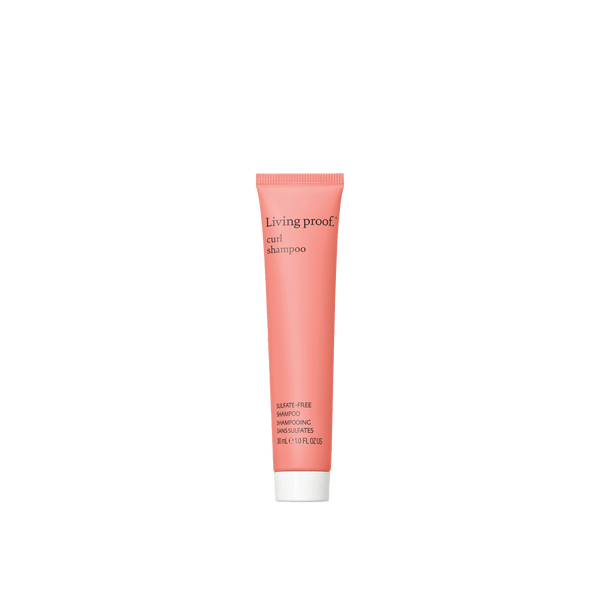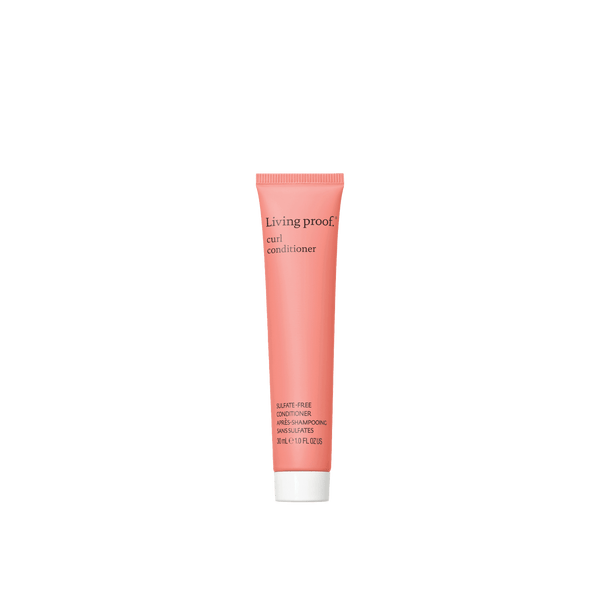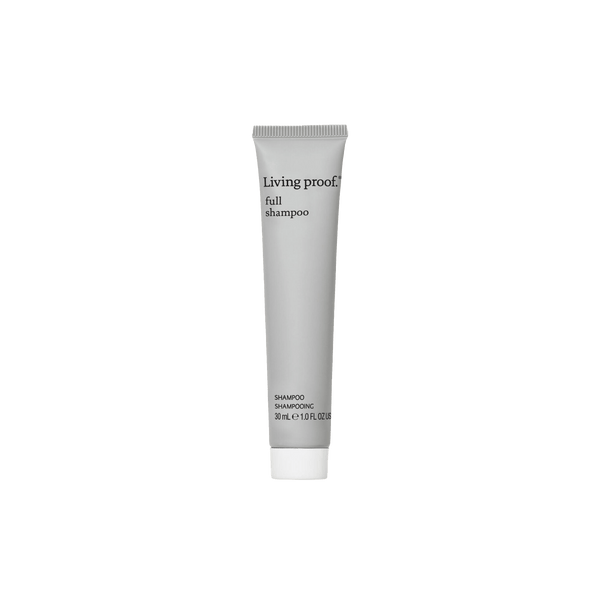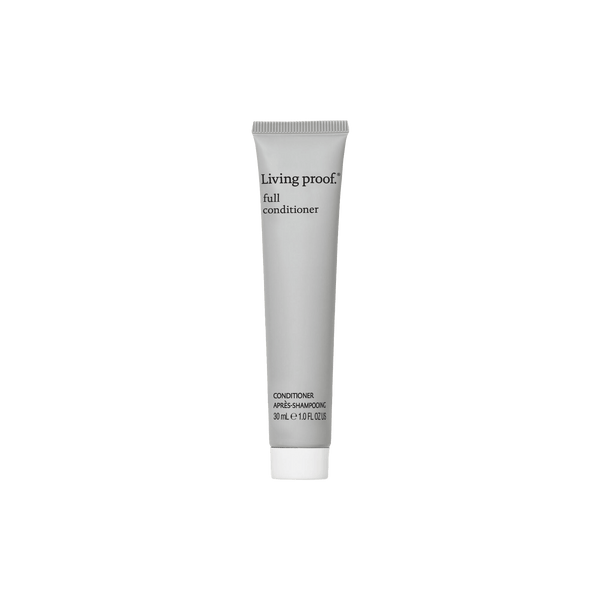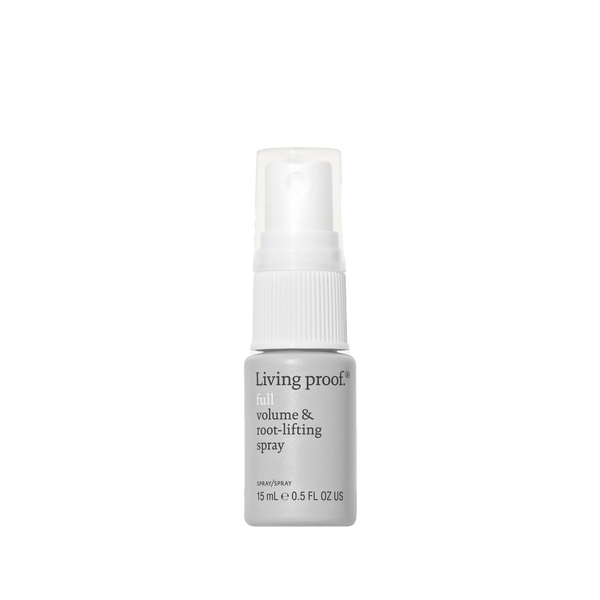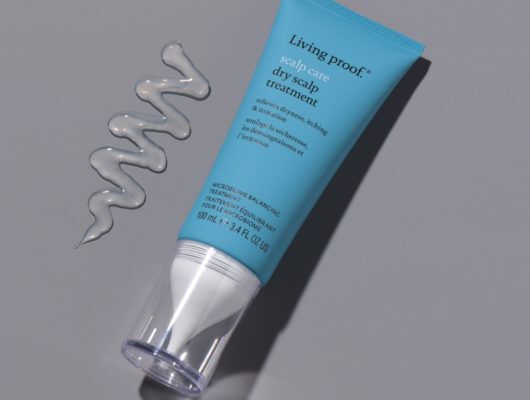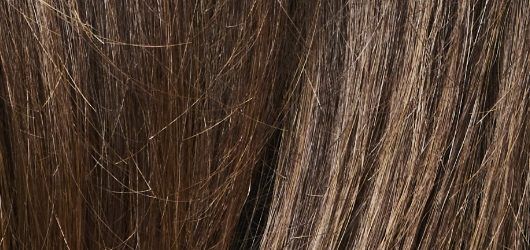4B Curly Hair Routine

If you have curly hair, it can be a challenge to find the best products that provide the bounce, volume, and shine your curly tresses deserve, especially if you have 4B curls.
Curly hair has different structural needs than straight hair— that means products need to be designed to support the unique beauty of the type 4B curl. But with so many options on the market, it can feel hard to find the best hair product for you, especially if you’re new to the 1A – 4C hair classification system.
Understanding your hair type can help you learn how to better care for your voluminous type 4B curly hair and find the right products for your healthy hair.
What is 4B hair?
Before diving into what 4B curls are and how you can care for them, it’s important to understand the overarching hair typing system to help you determine which category your hair falls under.
The hair typing system uses numbers to classify curl types:
- Type 1 – Naturally straight hair
- Type 2 – Naturally wavy hair that falls in loose S shapes
- Type 3 – Naturally curly hair, which can include hair that falls in a loose, bouncy loop to a tight corkscrew shape
- Type 4 – Coily hair forms tiny curls or tight zigzags that start right against the scalp
The system follows each number type with a letter type to indicate the size of the curl shape and typical strand thickness:
- Type A – Waves and curls that follow a wider pattern size, and hair strands that may appear and feel thinner
- Type B – Waves and curls which fall in a medium pattern size, and hair strands tend toward medium thickness
- Type C – Waves and curls fall in the smallest pattern size, and hair strands tend toward the thicker end of the spectrum
Understanding the general hair types can help you verbalize what makes your hair special—and how best to care for each of those qualities.

What does 4B hair look like?
From super tight curls to beautiful volume, there’s a lot to love about 4B hair. Like the other hair types, 4B curls tend to have a few qualities in common.
If you have 4B curls, you probably have:
- Dense coils that may bend in sharp angles like the letter Z
- Coils that typically start right at the scalp, giving your textured hair more vertical volume
- Hair that tends toward shrinkage (meaning it appears much shorter when you wear it naturally than it does when you straighten it)
- Hair with tighter coils than type 4A, but looser coils than 4C
It’s also possible to have more than one hair type in different parts of your curls. For example, you might have some areas that look like 4A and others that look like 4B. When this happens, it’s best to choose hair products and a hair routine that supports your most prevalent hair type. Or—even better—try to select products designed to work with a wide range of curl types.
Do I have 4A or 4B hair?
Deciding if your hair qualifies as type 4A or 4B can be challenging considering the similarities in appearance. So, how do you know which one is the right choice?
Here’s how to identify 4A Hair, when compared to 4B hair:
- 4A hair has more of a tight S shape, whereas 4B has a tight Z shape
- 4A coils tend to be about the circumference of a crochet needle, whereas 4B coils tend to have a smaller circumference
Pro tip: If you’re still unsure about your curl type, it’s time to switch from reading about hair types to looking at pictures of hair types. You can look up celebrities whose natural hair looks like yours and see how hair experts describe their curl type. You can also try searching for images of “Natural 4A Hair” and “Natural 4B hair” to distinguish between the two types and determine which one best resembles your hair.
That said, hair types fall along a spectrum, and some people do fall exactly halfway between 4A and 4B. When that’s the case, try to choose products that work well for 4A and 4B curls.

How to treat 4B hair
Taking care of your 4B hair typically involves a combination of narrowing your haircare routine and making styling choices to help protect your hair.
Part of the joy of your haircare journey comes from discovering the products and haircare steps that suit your hair best. Doing so allows you to customize your perfect hair routine. If you need a little guidance on where to start with your locks, we’re here to help.
Try the following haircare routine for 4B hair:
- Wash – Wash your hair with a curl shampoo once every 6-7 days, following the instructions on the packaging.
- Condition – Once you’ve rinsed out the shampoo, condition your healthy hair coils with a curl conditioner.
- Dry – Gently use a towel to pat your hair dry after the shower.
- Optional deep condition – At this point, you may choose to use a deep, smoothing conditioner. However, if your styling products already include conditioning, you can skip this step.
- Style – Use your preferred curl-friendly conditioning styler. 4B curls can benefit from a curl elongator because it conditions and strengthens your coils while giving them a bit of extra length. You can also use a curl defining gel or a curl oil if you want to explore various products and their benefits.
When it comes to creating your type 4 curl haircare routine, try a few different methods and steps to hone in on what works best for you. If you’re looking for other products to try, consider the benefits of hair oil and how hair oil can keep your curls smooth and shiny.
How to style 4B hair
Now that you’ve nailed your wash and hydration routines, consider ways to style your 4B hair, whether it’s for a lazy day at home or a night out at your favorite restaurant.
Here are a few tips for protecting your 4B locks:
- Transition with the big chop – If you’ve been relaxing your hair and now you’re shifting to natural, consider switching to a short hairstyle like a pixie cut, or a short or medium-style cut. That way you can trim away your relaxed hair and make the change in one fell swoop. It’s simple, easy, and chic.
- Use color-protecting shampoo – If you’re big on bleach or hair dye, make sure to use color-protecting hair products. Some coloring processes can dry out your hair. Since tighter curls like 4B are more vulnerable to hair breakage, try selecting gentle products that protect your hair as you color it.
- Wear it loose and low – Did you know that constantly wearing your hair in tight, high styles can cause hair breakage? Having days when you wear your hair in an unbound or low and loose style can help keep your hair healthier.
- Pop on a scarf – For an easy, sophisticated style that pops no matter your hair length, try tying a scarf close to your hairline. It holds your hair back from your face, looks polished, and helps give your hairline a break from tighter, more taxing styles.
- Try a diffuser – If you’re not already, try using a diffuser when blow drying your hair. The attachment disperses the air to reduce frizzing and protect your curl pattern.
Taking small, achievable steps to protect and nurture your curls can help you take control of your haircare journey in the long run.

Discover the best products for 4B hair with Living Proof
Whether you have 4B or 2B hair, you may consider choosing a few hair products that work smoothly with curly hair of all types. From there, you can narrow your haircare collection.
Like all our hair products online, it’s silicone-free, phthalate-free, color safe, sulfate-free, formaldehyde-free, paraben-free, and safe for chemically-treated hair––so you can feel good about looking good.
Sources
- Byrdie. The Controversial History of the Hair Typing System. https://www.byrdie.com/hair-typing-system-history-5205750
- Cosmetics Business. How curls are growing the hair care category in 2019. https://www.cosmeticsbusiness.com/news/article_page/How_curls_are_growing_the_hair_care_category_in_2019/155548
- International Journal of Women’s Dermatology. The art of prevention: It’s too tight—Loosen up and let your hair down. https://www.ncbi.nlm.nih.gov/pmc/articles/PMC8072502/
- Tags: Hair Health Hair Tips
